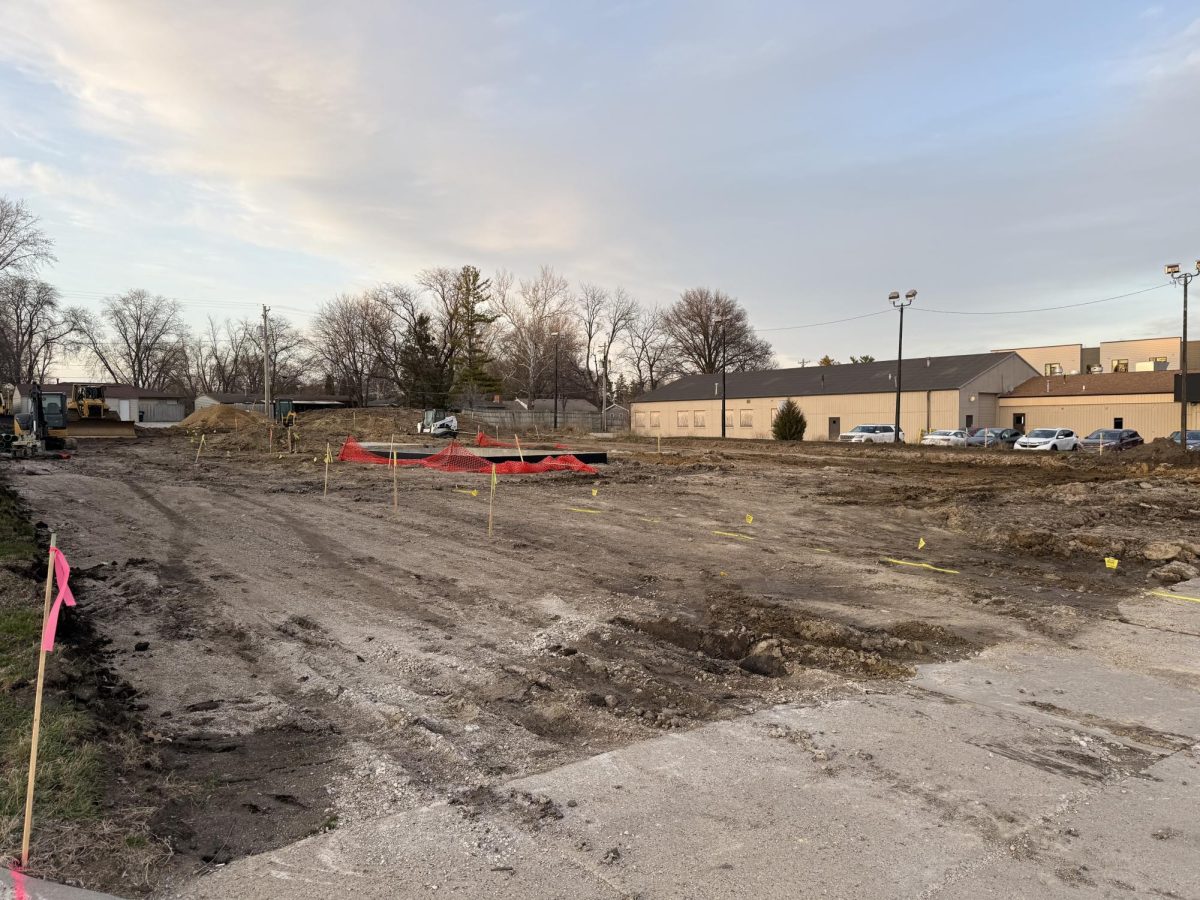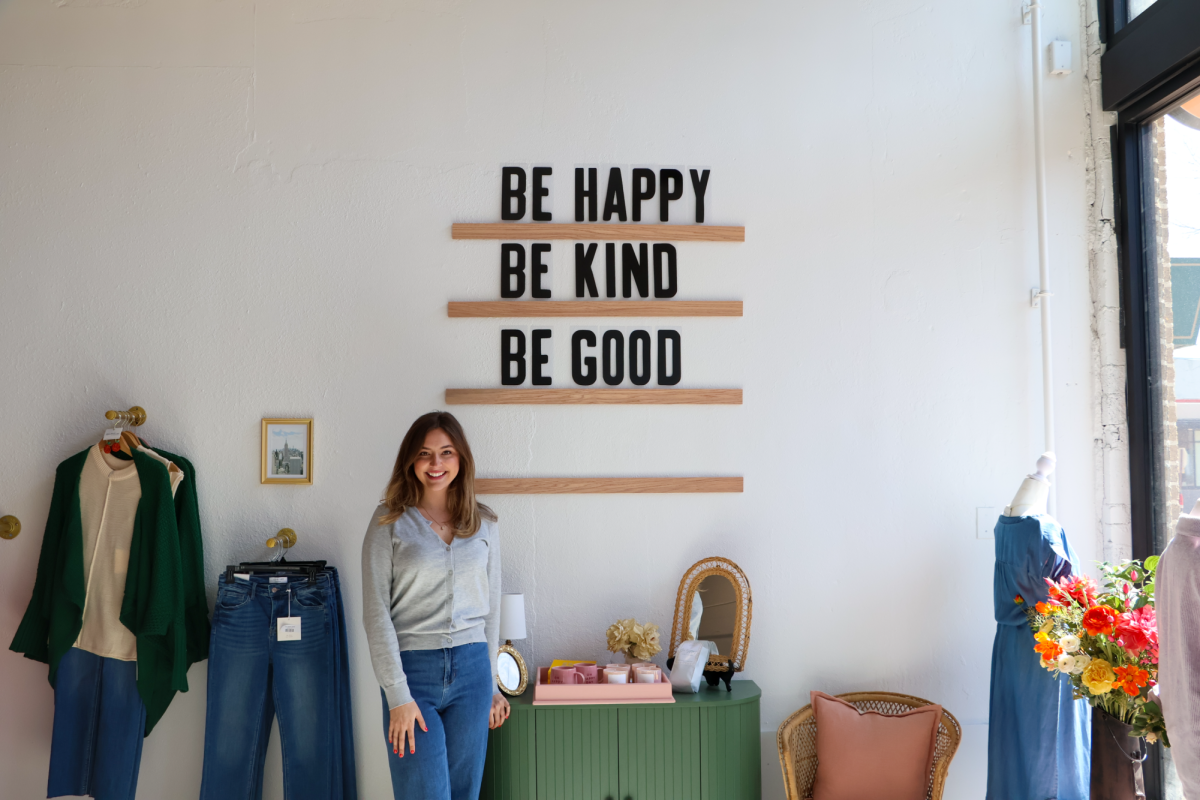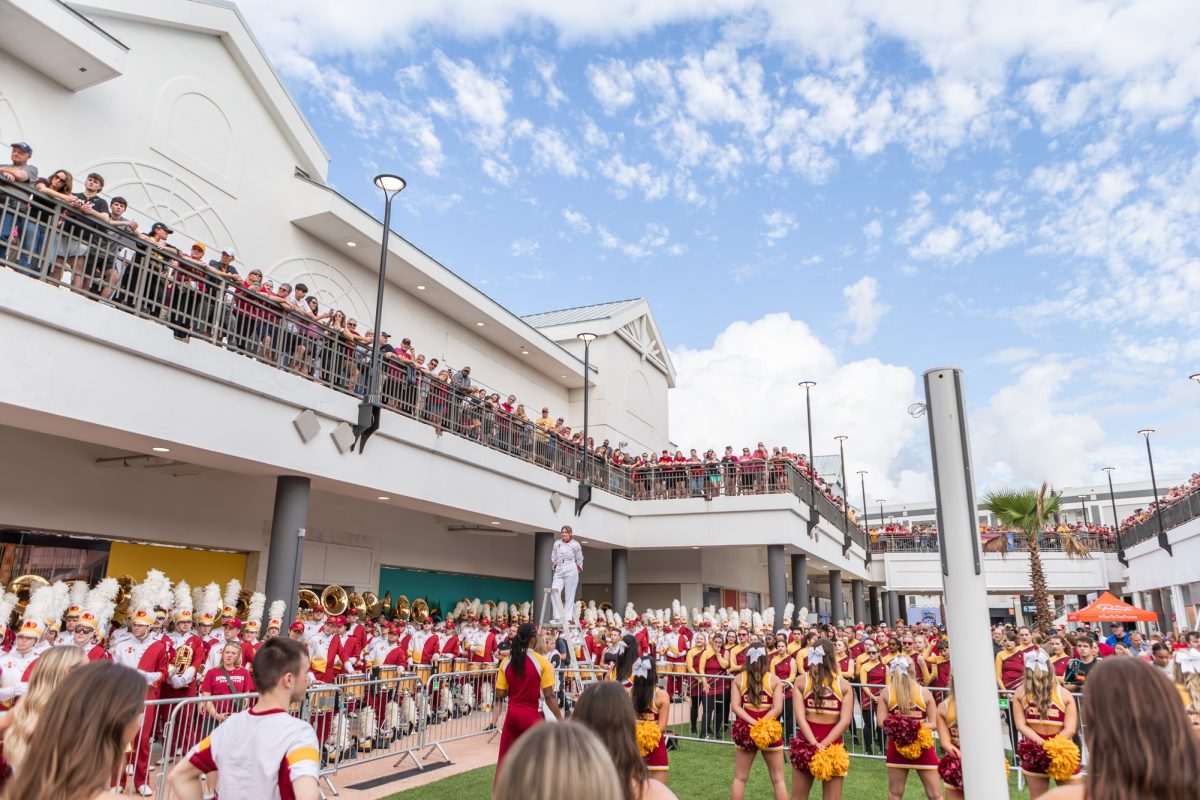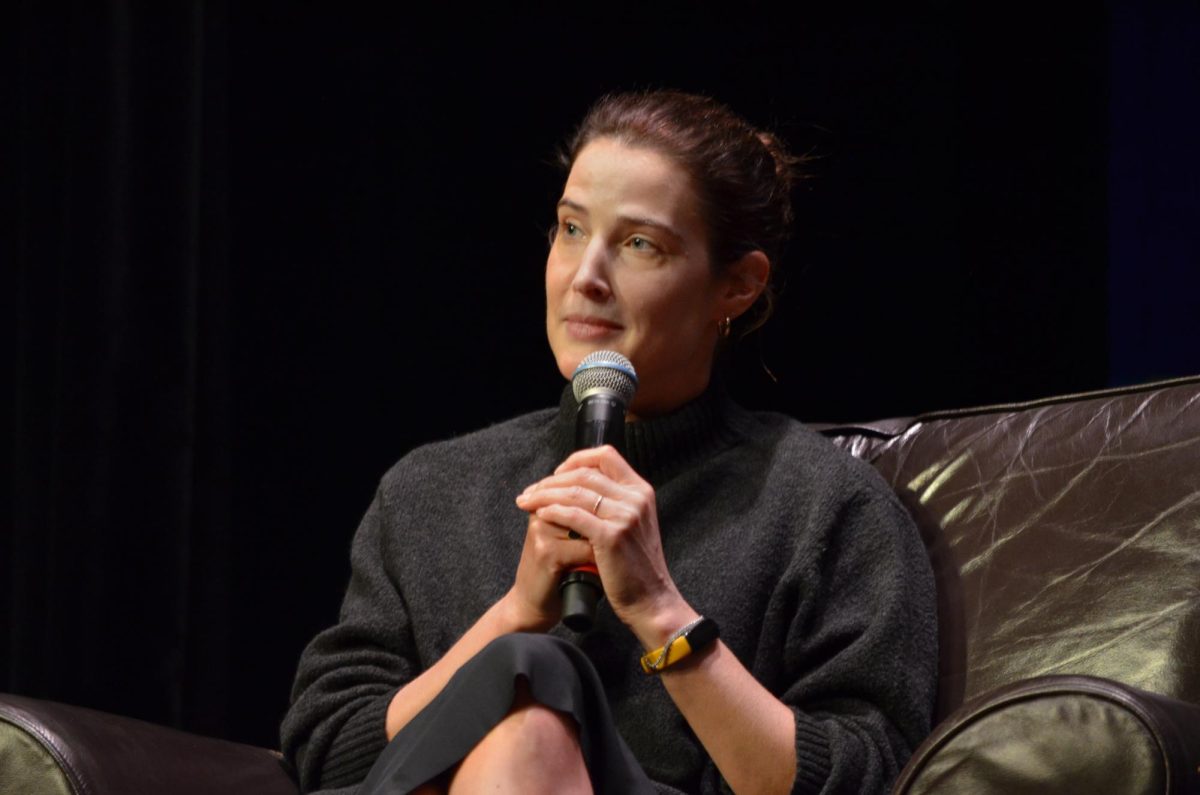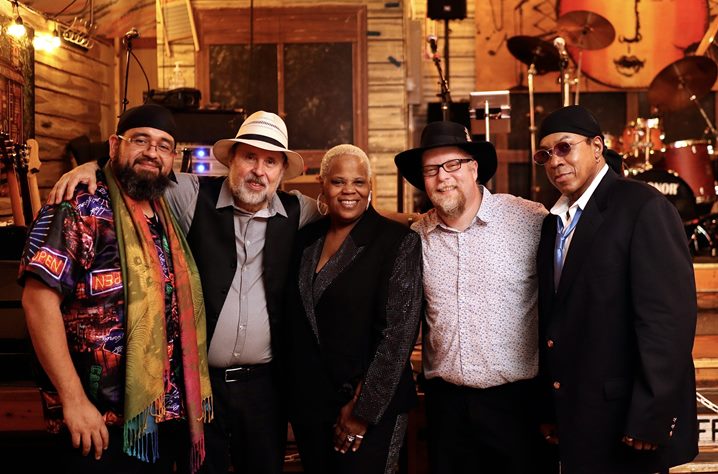
The holiday season is one of gathering and tradition, but also when Americans produce 25% more waste between Thanksgiving and New Year’s Eve compared to the rest of the year. There are ways to hold onto holiday traditions while putting more sustainable practices in place. However, the temptation to overconsume during the holiday season is strong.
“You’ll get your people who buy a ton of stuff, and you see them wheeling three carts up,” said Maria Stewart, a junior majoring in history and classical studies and Hobby Lobby cashier.
Retailers capitalize on this by putting out holiday merchandise earlier in the year and extending the window for shoppers to make purchases. A term for this retail method was coined in the 1980s called the “Christmas creep.”
“By July we were already stocking shelves in the store with Christmas products,” Stewart said.
Retail stores know that people are more likely to open their wallets during the holiday season and in turn, 1 million extra tons of waste enter the landfill each week between Thanksgiving and New Year’s Eve. Merry Rankin, Iowa State University’s director of sustainability, discussed the impact of social media and the pressure it creates for consumers to buy in excess.
“We’re getting extremely savvy with marketing products and opportunities and creating needs for people that they didn’t realize they even had,” Rankin said.
Wrapping paper, artificial trees, food waste and tissue paper make up the majority of excess waste produced during the holidays.
“When we throw it away, we’re not really throwing it away,” said Steve Kohtz, recycling and special events coordinator at Iowa State University. “It actually is going into the landfill, which is a storage unit for us.”
Kohtz and Rankin suggested sustainable alternatives to buying a new tree, such as tree renting, creating your own non-traditional tree or buying a sustainably sourced tree from somewhere, such as the ISU Forestry Club.
“I can’t stress enough the really creative ways that people can have a holiday tree without necessarily making that big decision of buying a real Christmas tree or an artificial tree,” Rankin said.
Conscious decisions can be made when purchasing an item, but also when the item has reached the end of its useful life. Real Christmas trees can be taken to a facility in Ames to be mulched, and artificial trees can be donated to second-hand stores.
“These things that we purchase, we are adopting them and it is up to us to determine where they end up and how they ended up there,” Rankin said.
It can be overwhelming trying to make so many changes at once to have a more sustainable holiday. Rankin says to remind ourselves to focus on what’s important during the holiday season, and not get caught up in the pressure to overconsume.
“Challenge yourself, think creatively, and in the broader picture, think collectively for our future,” Rankin said. “Our actions leave an impact for the generations that follow us.”





